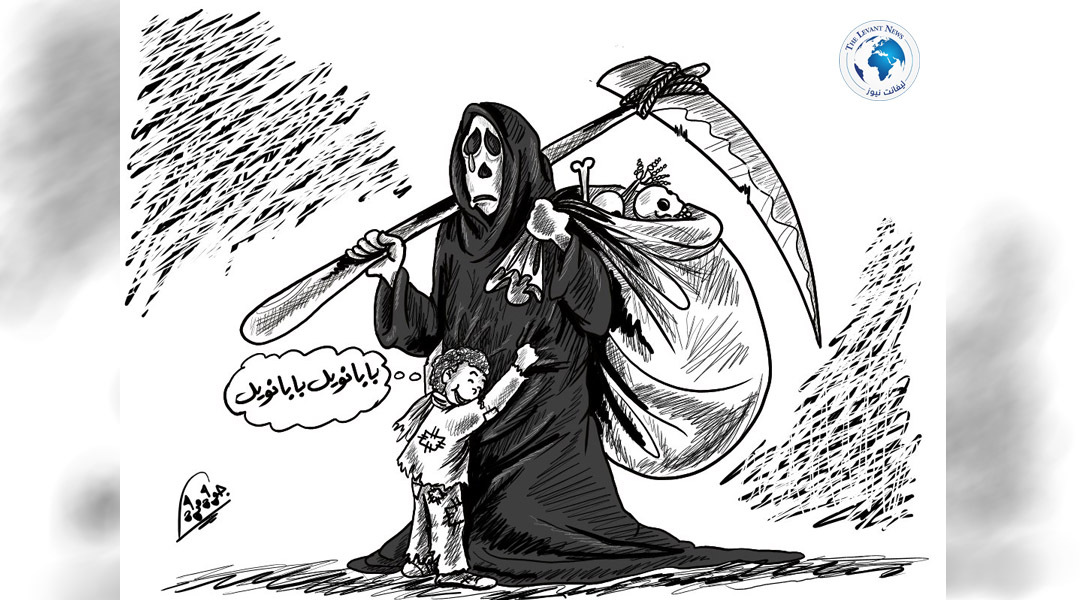-
Civil Disobedience and Mechanisms of Authoritarian Control

Civil disobedience represents a fundamental challenge to authority, revealing the fragility of the foundations on which political and social hegemony is built. However, as Michel Foucault and Antonio Gramsci demonstrate, power does not only rely on direct repression; it also develops complex mechanisms to contain resistance and reproduce obedience.
Foucault suggests that modern power operates not only through prohibition and repression but also through production and shaping. More precisely, disciplinary power penetrates individuals' bodies and shapes their selves, making resistance more complex. This process of control relies on specific mechanisms, such as transforming society into an open prison where individuals monitor themselves in anticipation of potential oversight, creating self-discipline that makes disobedience more difficult. Simultaneously, it produces standards of 'the normal' and 'the abnormal,' framing disobedience as a pathological or deviant behavior needing cure or correction. Additionally, it employs what Gramsci called the 'hegemony' strategy, where power does not merely say "no" but asks "how can we live better," turning resistance into demands for reform rather than radical change.
Gramsci develops the concept of 'hegemony' to encompass cultural and ideological dominance, not just economic or political control. The ruling class maintains its power by making its worldview appear as the 'common sense' of society.
Hegemonic strategies also rely on a set of mechanisms, including the formation of a class of intellectuals who propagate the ideology of the dominant class, making it seem logical and just. They employ localized conflict or civil war strategies, containing resistance through partial concessions and superficial reforms. Furthermore, they utilize civil institutions (media, education, religion) to spread dominant values and frame public discourse.
Through understanding Foucault’s view of power and Gramsci’s hegemonic strategies, we can identify the mechanisms that contemporary authority employs to suppress resistance, which include:
1. Media distortion and framing: Presenting civil disobedience as "chaos," "vandalism," or "external conspiracy," thereby isolating protesters from public opinion.
2. Institutional containment: Channeling protest energies into formal channels (elections, committees, national dialogue) that drain enthusiasm without achieving real change.
3. Fragmentation and disunity: Dividing protest movements into competing factions (youth/elders, moderates/extremists, economic/political demands) to prevent the formation of a unified front.
4. Calculated violence and measured mercy: Using graduated, calculated repression, coupled with symbolic concessions to soothe anger without threatening the core system.
Understanding these mechanisms of control is not intended to discourage resistance but to develop more effective strategies for change. Genuine opposition must be aware of power mechanisms—understanding how authority operates to develop smarter resistance. This includes building counter-hegemony by developing alternative visions of the world and a culture of resistance, relying on horizontal organization and avoiding hierarchical structures that are easy to penetrate or break. Strategic perseverance and long-term work are essential, recognizing that genuine change requires time.
Therefore, we can say that civil disobedience is not merely a rejection of laws but a challenge to the logic of authority itself. However, as Foucault and Gramsci illustrate, power possesses complex tools to reproduce itself. Understanding these mechanisms is crucial for anyone seeking genuine change because effective resistance begins with understanding the nature of what we are resisting.
Nouri Behkhali
You May Also Like
Popular Posts
Caricature
opinion
Report
ads
Newsletter
Subscribe to our mailing list to get the new updates!




















